Most of the time I like the fact that certain fruits and vegetables are only in season part of the year. It helps mark the passing of time and gives me something to look forward to. Pumpkin signals the start of fall. Cranberries signal the start of the holiday season. Peaches and sweet corn the waning days of summer. And for the most part, I'm fine waiting. Except when it comes to rhubarb. I don't want to wait for rhubarb season. I love rhubarb. And so when I saw rhubarb in the store the other week, I could hardly contain my excitement.
My dad has always adored strawberry rhubarb pie, and usually, that is what I make with rhubarb. But since it's just me, the idea of making an entire pie right now did not seem the wisest. I remembered bookmarking this recipe for rhubarb scones, however, and decided that scones would be perfect. Scones don't keep all the well once baked up, but they freeze beautifully, allowing you to bake them as needed. Perfect when cooking for one. I love anything with flecks of vanilla bean, and these scones are no exception. But of course my favorite part is the slightly tart puddles of rhubarb that form against the backdrop of fragrant, not-too-sweet dough.
My dad has always adored strawberry rhubarb pie, and usually, that is what I make with rhubarb. But since it's just me, the idea of making an entire pie right now did not seem the wisest. I remembered bookmarking this recipe for rhubarb scones, however, and decided that scones would be perfect. Scones don't keep all the well once baked up, but they freeze beautifully, allowing you to bake them as needed. Perfect when cooking for one. I love anything with flecks of vanilla bean, and these scones are no exception. But of course my favorite part is the slightly tart puddles of rhubarb that form against the backdrop of fragrant, not-too-sweet dough.
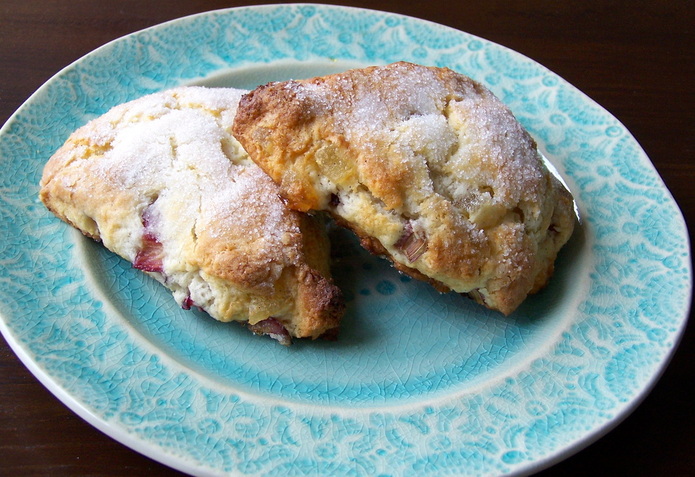
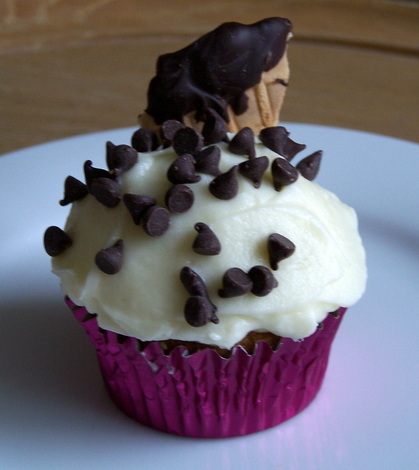
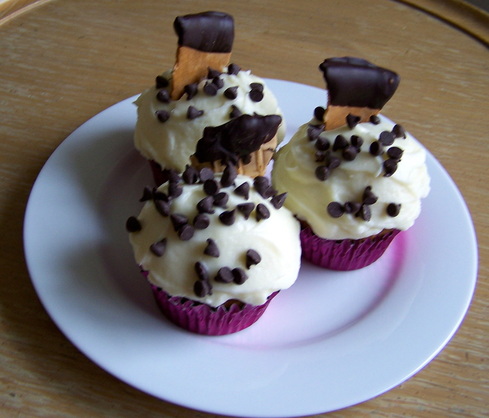
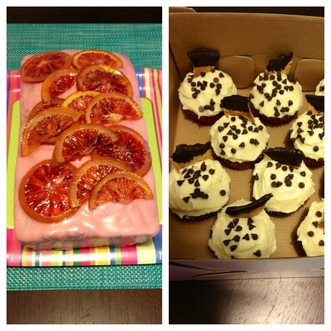
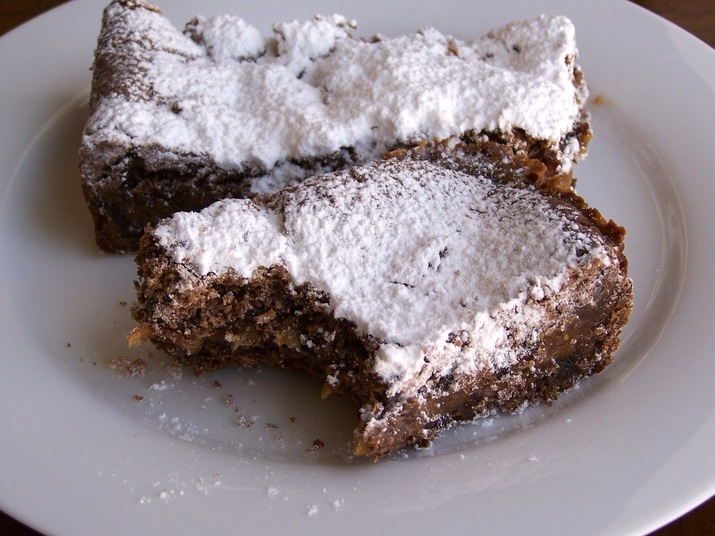
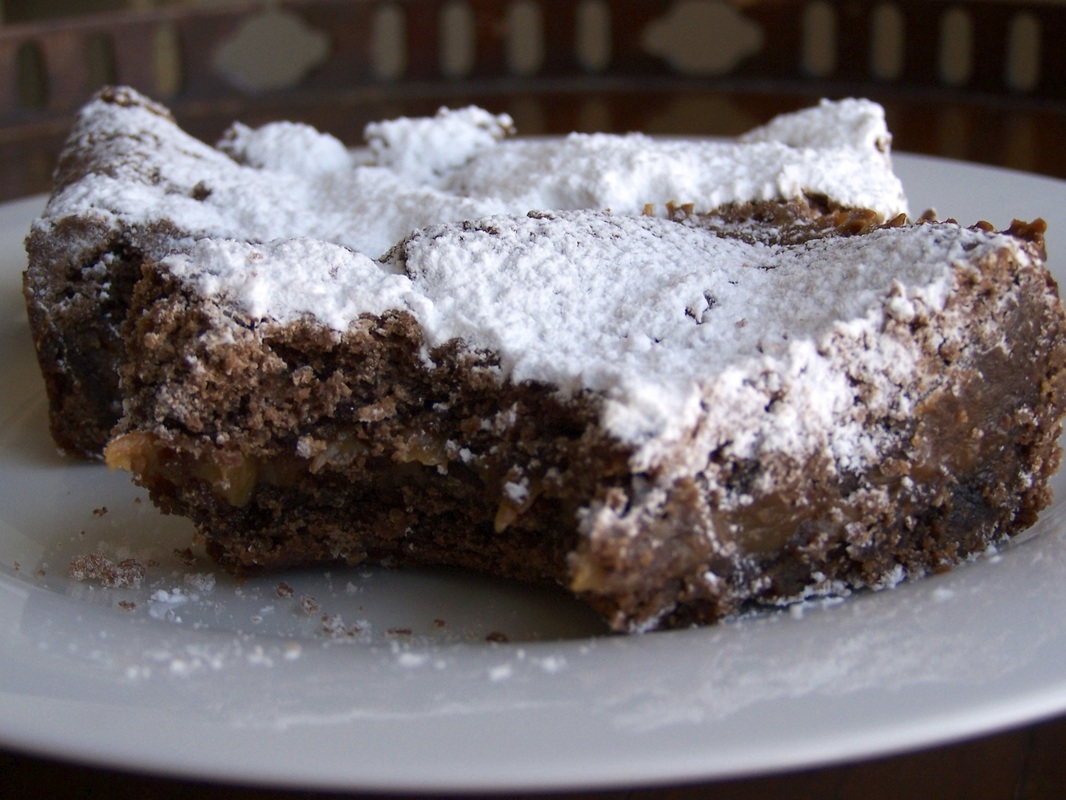
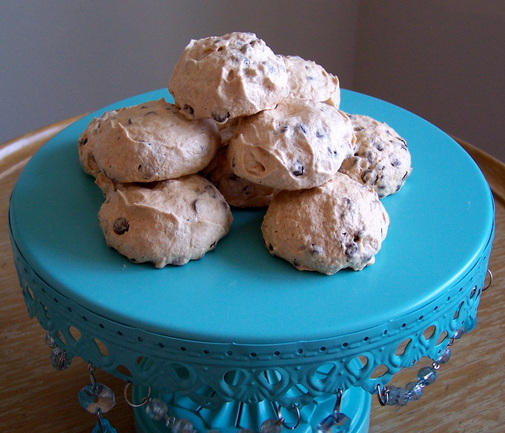
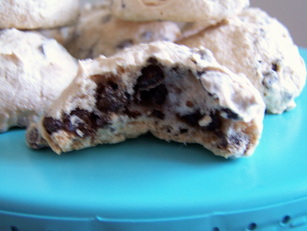
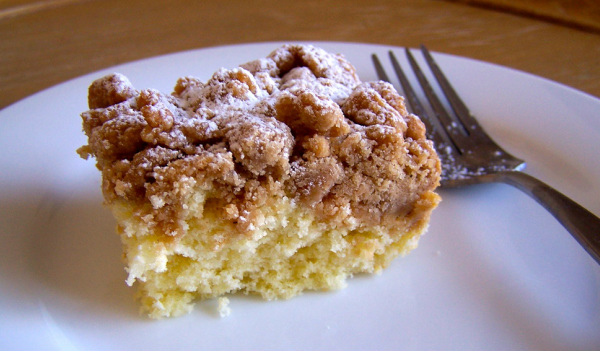
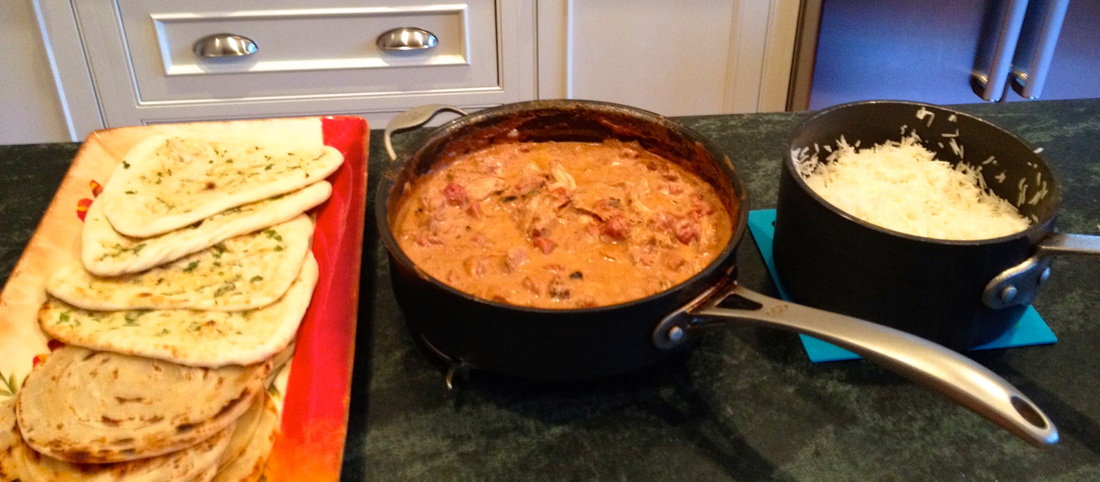
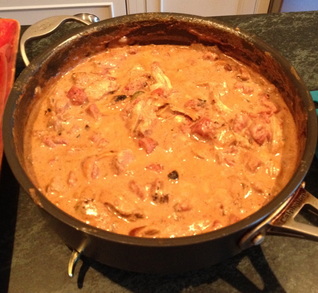
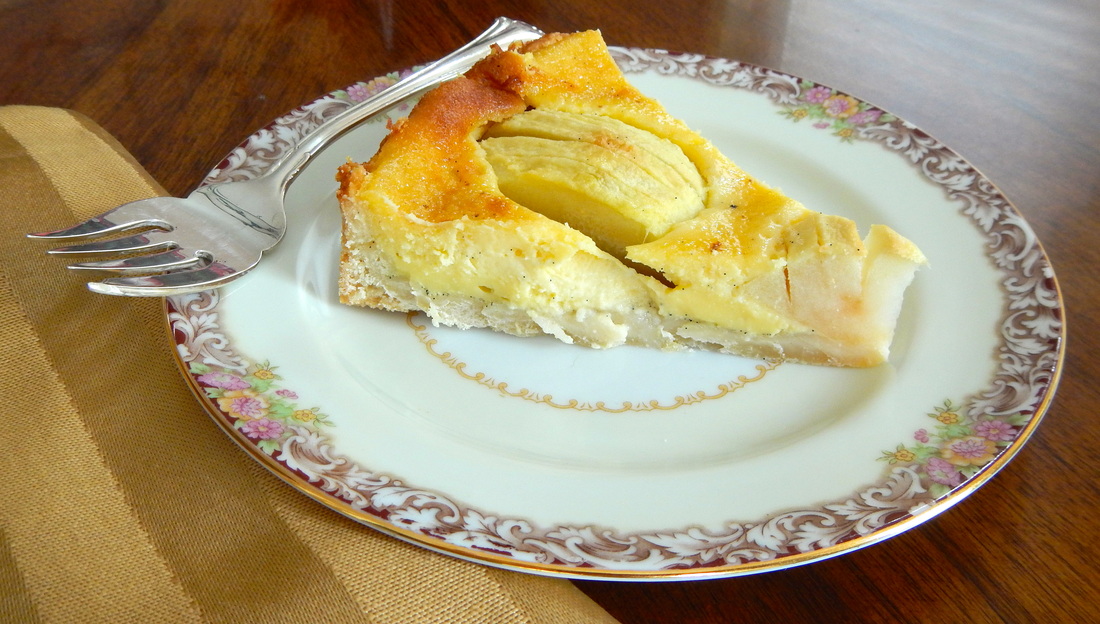
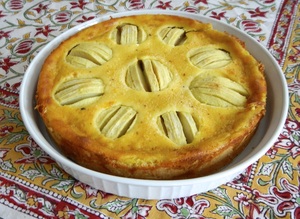

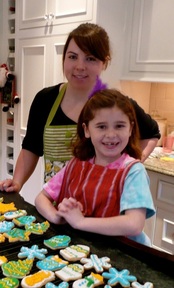
 RSS Feed
RSS Feed